Disclosure: This article contains affiliate links. We may earn a commission from purchases at no extra cost to you, which helps our travel content.
Standing in the heart of Cuenca's historic center, where cobblestone streets intersect beneath the imposing blue domes of the New Cathedral, I found myself mentally mapping the city like a digital forensics case—each alleyway a thread of data, each colonial building a file waiting to be explored. After countless ultra-marathons through the American Southwest, I'd traded desert trails for Ecuador's cultural highlands, seeking the kind of authentic experience that doesn't populate Instagram feeds but rather reshapes your understanding of place and community.
Navigating Cuenca's UNESCO Heritage Center
Cuenca's colonial core operates like a well-preserved system architecture—elegant, purposeful, and revealing its secrets only to those who know how to look. The city's UNESCO World Heritage designation isn't just a label; it's a living testament to 16th-century Spanish urban planning that remains remarkably intact.
I spent my first two days systematically exploring the historic center, starting each morning at Parque Calderón and working outward in concentric circles. The methodical approach paid off, revealing hidden courtyards, artisanal workshops, and local-only cafés that don't appear on typical tourist itineraries.
The 10-block radius surrounding the central plaza contains over 50 significant historical structures, including the Old and New Cathedrals. I found the early mornings (before 8 AM) and late afternoons (after 4 PM) offered the clearest views and best light for photography, when most tour groups were absent. My trail running headlamp proved unexpectedly useful for exploring the dimly lit interiors of smaller churches and museums.

💡 Pro Tips
- Visit the New Cathedral's blue domes for $2 between 2-4 PM for the shortest lines
- The free walking tour that departs from Parque Calderón at 10 AM provides excellent historical context
- Many museums close on Mondays and during the 12-2 PM lunch period; plan accordingly
Artisan Workshops & Cultural Immersion
If Cuenca were a complex network system, its artisan workshops would be the hidden nodes processing centuries of cultural data. Unlike the tourist-oriented demonstrations I've encountered elsewhere, Cuenca's craftsmanship remains refreshingly authentic.
The Panama hat (which ironically originated in Ecuador, not Panama) workshops in Cuenca offer a fascinating glimpse into this precision craft. I spent a full morning at Homero Ortega's workshop, where fifth-generation weavers demonstrated techniques unchanged for centuries. The finest hats can take months to complete and be rolled tight enough to pass through a wedding ring.
For those seeking hands-on experiences, I recommend the ceramic workshops in the San Sebastián neighborhood. After three failed attempts, I finally produced a passable small bowl under the patient guidance of Señor Guillermo, whose family has worked with clay for four generations. I tracked my workshop visits in my waterproof notebook, which handled the clay dust and water splashes without issue.

💡 Pro Tips
- Book artisan workshops at least one day in advance as many operate on limited schedules
- Most workshops expect cash payment in small bills; ATMs are limited outside the city center
- Bring a small gift from your home country when visiting family-run workshops—it opens doors to deeper conversations
Market Immersion & Culinary Discoveries
The markets of Cuenca function as the city's data exchange centers—nodes where information, goods, and cultural practices converge. My systematic exploration of these markets revealed patterns and connections that casual visitors often miss.
Mercado 10 de Agosto, the central market, operates across three distinct floors, each with its own rhythm and purpose. The ground level houses fruit vendors with produce organized by altitude zones—coastal bananas and pineapples giving way to highland blackberries and exotic tree tomatoes. The second floor's food stalls serve authentic Ecuadorian cuisine at prices 70% lower than tourist restaurants.
The true discovery came at Mercado 9 de Octubre, where I followed my analytical instincts to the medicinal herbs section. There, elderly curanderas (traditional healers) prescribed herbal remedies with the same confidence and precision that my cybersecurity colleagues approach network diagnostics. When a persistent altitude headache struck on day three, the herbal tea mixture I was given worked more effectively than any pharmacy solution.
For early morning market visits, my insulated travel mug kept my Ecuadorian coffee hot while navigating the busy stalls, and its secure lid prevented spills when jostled in the crowds.

💡 Pro Tips
- Visit markets before 9 AM to see the most authentic local interactions and freshest produce
- Try hornado (roast pork) at Mercado 10 de Agosto stall #18—the best in the city according to locals
- Learn basic food-related Spanish phrases; market vendors rarely speak English but appreciate effort
Trail Running the Cajas National Park
While Cuenca's urban core offers cultural immersion, the surrounding natural landscapes provide equally powerful experiences. As a dedicated trail runner, I couldn't resist exploring the high-altitude terrain of nearby Cajas National Park, a stark contrast to my usual desert running routes in New Mexico.
Just 30 kilometers west of Cuenca, Cajas National Park sits at elevations between 3,100 and 4,450 meters (10,170-14,600 feet). The park's 270+ glacial lakes and páramo ecosystem create a technical running environment that demands respect and proper preparation. The thin air at this altitude immediately recalibrated my expectations—paces that feel comfortable in Albuquerque became challenging here.
I tackled the 14km Route 1 (Llaviucu-Laguna Toreadora) trail, which climbs through multiple ecological zones. The trail begins in cloud forest before ascending to the stark, windswept páramo highlands. The constantly changing weather meant I relied heavily on my packable rain jacket and merino wool buff, switching between configurations as conditions shifted from sunny to misty to rainy within a single hour.
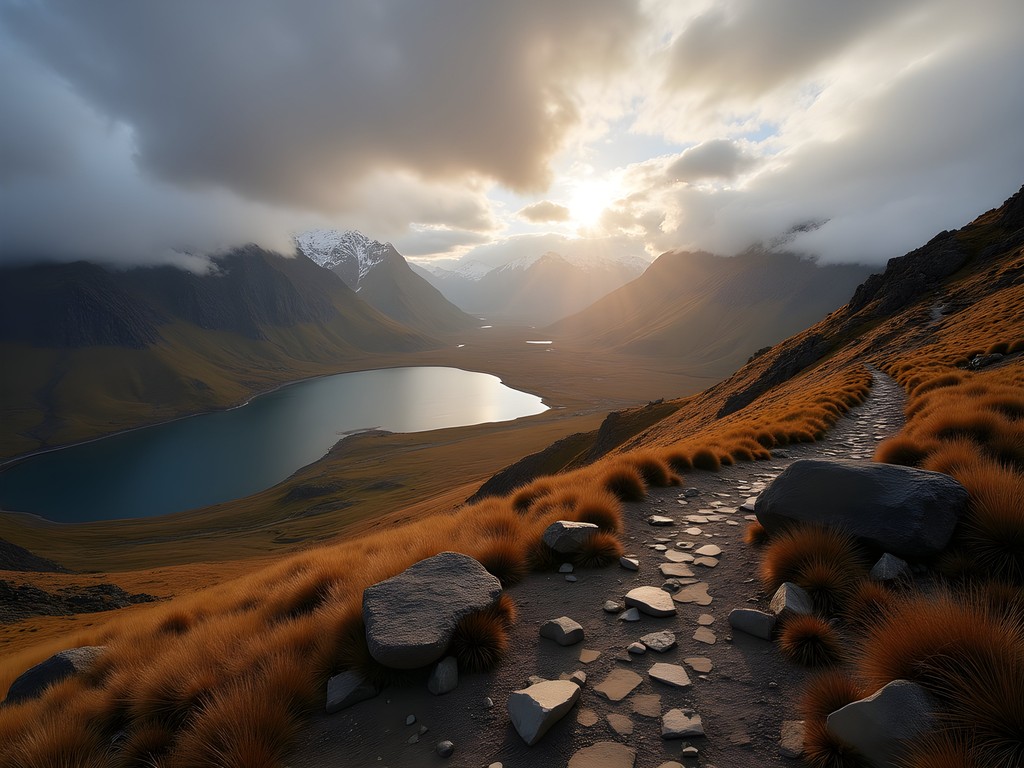
💡 Pro Tips
- Acclimatize in Cuenca for at least 48 hours before attempting Cajas National Park trails
- Register at the park entrance and inform rangers of your planned route—cell service is non-existent
- Pack for four seasons in one day regardless of the forecast; weather changes rapidly at high elevation
Local Connections Through Language Exchange
In digital forensics, access to protected systems often requires specific authentication protocols. Similarly, accessing authentic cultural experiences in Cuenca requires language skills that go beyond basic tourist phrases.
Despite my Mexican-American heritage, my Spanish needed refinement for Ecuadorian contexts. I discovered Cuenca's thriving language exchange community through the weekly Gringo Night at Café Eucalyptus, where locals seeking English practice meet travelers wanting Spanish immersion. These structured exchanges led to invitations to family dinners, local festivals, and even a traditional Cañari wedding in a nearby village—experiences inaccessible through conventional tourism channels.
For couples visiting Cuenca, these language exchanges offer a unique opportunity to connect with local residents while developing practical communication skills. My partner in these exchanges was Juan Carlos, a university professor eager to improve his technical English vocabulary. Our conversations evolved from basic introductions to nuanced discussions of environmental conservation in the Cajas watershed.
To track new vocabulary and cultural notes, I relied on my pocket translator device, which handled Ecuadorian regionalisms better than smartphone apps and worked offline in remote areas.

💡 Pro Tips
- Language exchanges happen at Café Eucalyptus (Tuesdays, 5-7 PM) and Café La Mesa (Thursdays, 6-8 PM)
- Learn Ecuador-specific vocabulary, particularly food terms that differ from Mexican or Spanish usage
- Prepare conversation topics in advance to overcome initial awkwardness in language exchanges
Final Thoughts
As I packed my gear for the return flight to Albuquerque, I realized that Cuenca had recalibrated my approach to cultural immersion. Like a well-executed forensic analysis, the most valuable discoveries came not from following predetermined scripts but from systematic exploration and pattern recognition. The UNESCO-listed architecture provided the framework, but it was the human connections—artisans, market vendors, trail guides, and language exchange partners—that revealed the city's true operating system.
For couples seeking authentic experiences in Latin America, Cuenca offers an ideal balance of structured heritage and spontaneous discovery. The city rewards methodical exploration while leaving room for the serendipitous encounters that transform tourism into genuine cultural exchange. Whether you're analyzing colonial architecture, decoding market systems, or mapping high-altitude trail networks, Cuenca presents a complex but navigable cultural landscape that changes how you understand not just Ecuador, but the very nature of travel itself. The question isn't whether you should visit Cuenca, but rather, how deeply you're willing to immerse yourself in its layered reality.
✨ Key Takeaways
- Cuenca rewards systematic exploration beyond the UNESCO sites with authentic cultural exchanges
- Language skills open doors to experiences inaccessible through conventional tourism
- The combination of colonial heritage and surrounding natural landscapes provides a comprehensive Ecuadorian experience
📋 Practical Information
Best Time to Visit
Year-round, with June-August offering driest conditions
Budget Estimate
$30-50 per day per person (excluding flights)
Recommended Duration
5-7 days
Difficulty Level
Easy
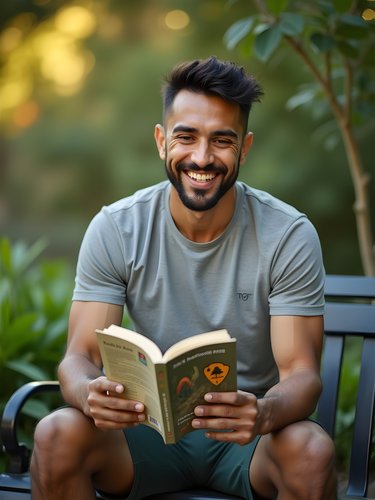


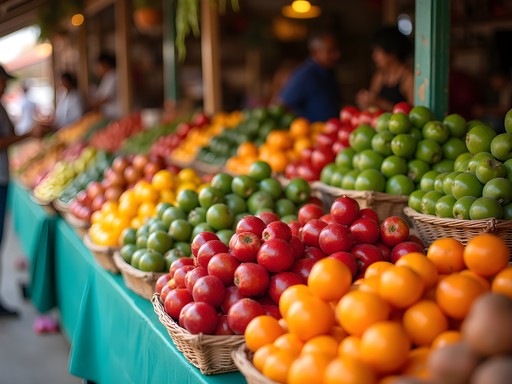
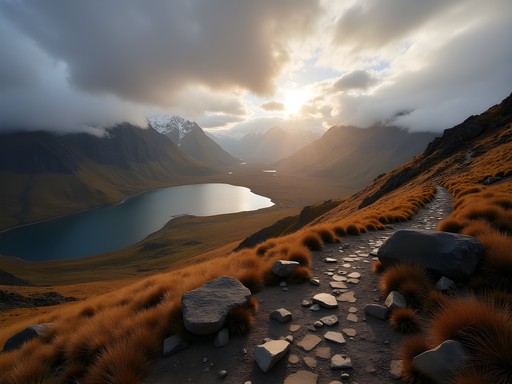



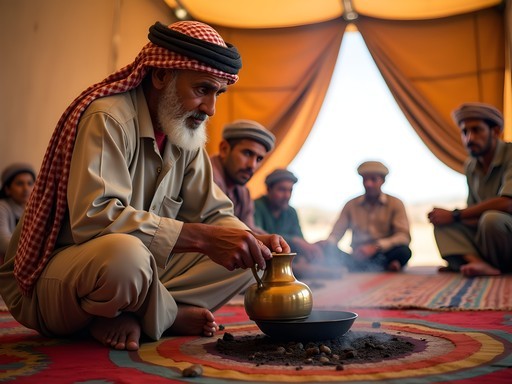

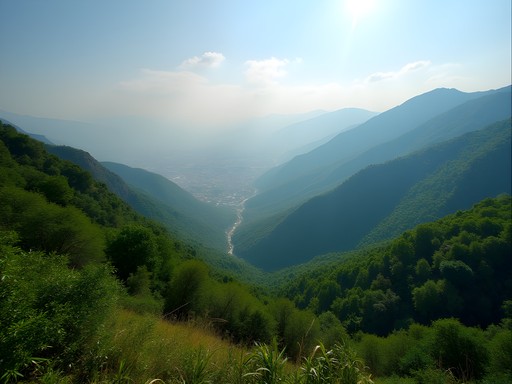
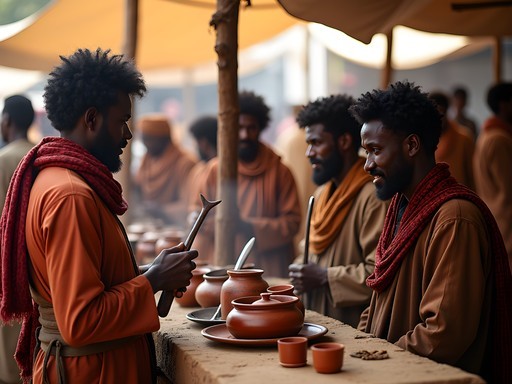
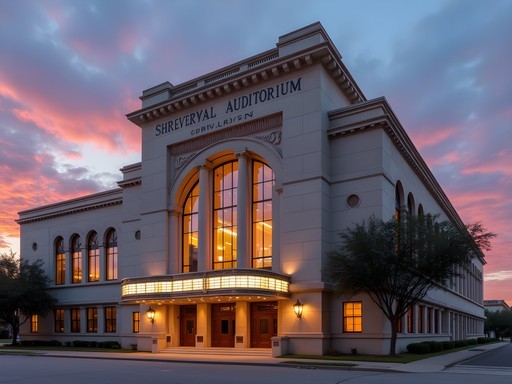

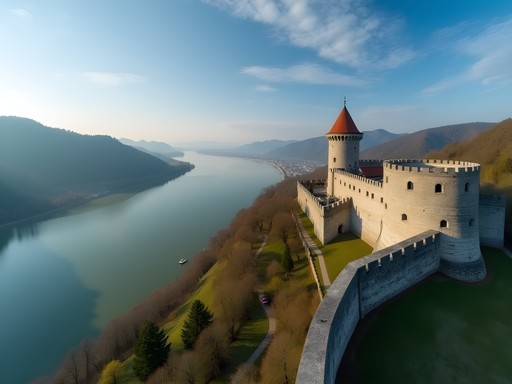
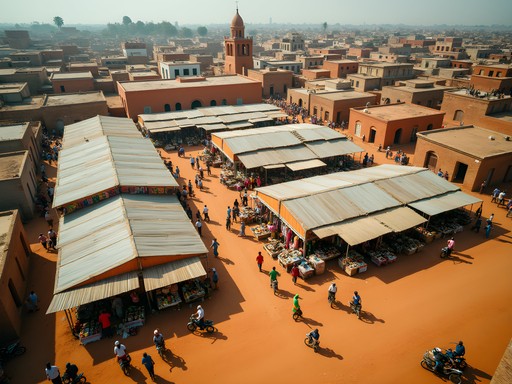
Comments
greenchamp
CUENCA IS THE BEST!!! Lived there for 3 months last year and it's exactly as Adam describes. The perfect blend of history, culture and nature. Don't miss the hot springs in Baños de Cuenca (not to be confused with Baños further north). Only 20 min from the city and perfect after hiking Cajas. The locals taught me to alternate between the hot thermal pools and the freezing cold ones - invigorating!
mountainrider
How did you get to Cajas National Park from the city center? Public transportation or tour?
wanderperson
Not OP but we took a local bus from Terminal Terrestre for like $2. Super easy and runs every 30 mins or so. Just ask for 'Cajas' and they'll point you to the right bus!
Mason Ferrari
Adam's approach to cultural immersion through spatial awareness is refreshing. As a solo traveler who's visited Cuenca three times over the past decade, I've witnessed the city's evolution while maintaining its authentic core. The artisan workshops section particularly resonated - these craftspeople are the living embodiment of Ecuador's cultural heritage. One suggestion I'd add: spend time at Café Nucallacta on Calle Larga in the evenings. Local musicians often perform there, providing another dimension to understanding Cuenca's cultural landscape. The acoustic properties of the colonial architecture create a remarkable listening experience.
luckydiver
Thanks for the café tip! Adding it to my list for when I visit.
wanderperson
Your market section brought back so many memories! We spent a morning at the Mercado 10 de Agosto last year and it was overwhelming in the best way. The fruit section upstairs had things I'd never seen before. We tried this spiky red fruit that looked dangerous but tasted amazing - pitahaya I think? The old ladies running the stalls kept giving us samples when they realized we were tourists trying to learn Spanish. Made me wish I'd brought my phrasebook to communicate better!
sunsetgal
How difficult was the trail running in Cajas National Park? I'm a casual runner but those views look worth it!
greenchamp
I did those trails last year! The altitude is the real challenge (11,000+ feet in some spots). Start with the shorter trails near Llaviucu Lake if you're not used to high elevation. And bring layers - weather changes FAST up there!
Frank Garcia
Adam, your analysis of Cuenca's cultural layers is spot on. I spent three weeks there last summer documenting artisanal practices. The Panama hat workshops in particular were fascinating - the level of craftsmanship is extraordinary. Did you get a chance to visit any of the toquilla straw weavers in the surrounding villages? They're often overlooked but provide a more authentic glimpse into the tradition. The contrast between Cuenca's colonial architecture and the surrounding Andean landscape creates such a unique atmosphere for cultural immersion.
smartnomad
How safe did you feel walking around Cuenca's historic center? Planning a solo trip there next spring.
Frank Garcia
Not the author but I backpacked through Cuenca last year. The historic center is quite safe during the day and early evening. Just use normal precautions you'd take in any city. The locals were incredibly helpful when I got lost!
smartnomad
Thanks Frank! That's reassuring to hear.
luckydiver
Those blue domes of the New Cathedral are stunning! Great post.
BackpackBuddy
That shot of the blue domes against the mountain backdrop is postcard-perfect! 📸
tripbuddy
That shot of the blue domes against the mountain backdrop is absolutely stunning! What time of day did you take it? The lighting is perfect!
Adam Spencer
Thanks tripbuddy! That was taken about an hour before sunset - the golden hour light in Cuenca is incredible because of the elevation and clear mountain air.
Venture X
Premium card with 2X miles, $300 travel credit, Priority Pass